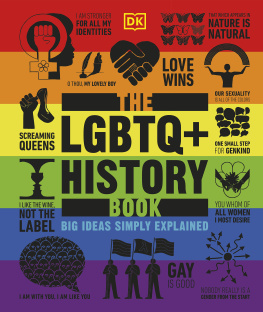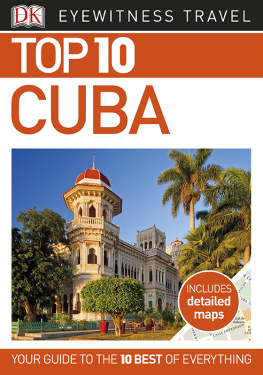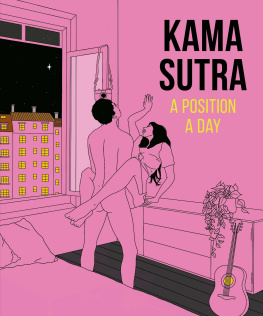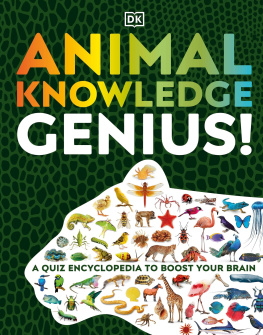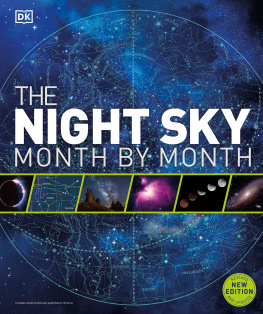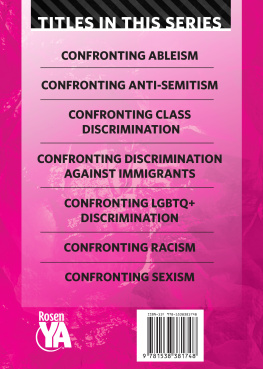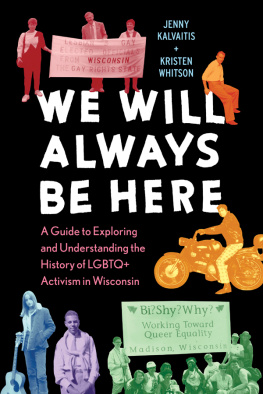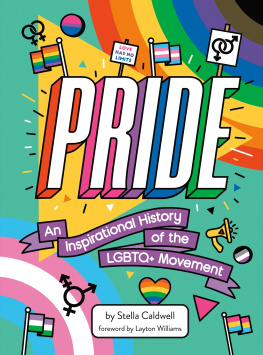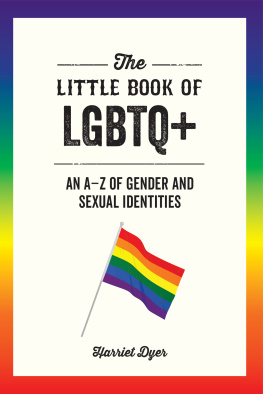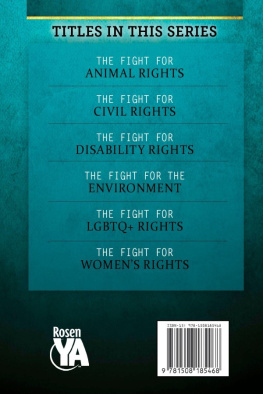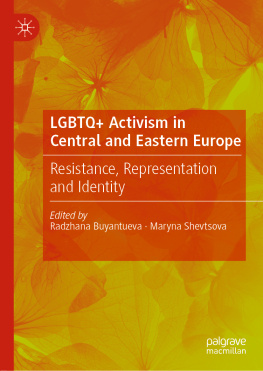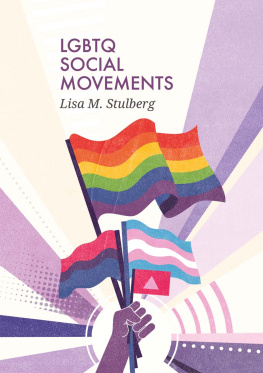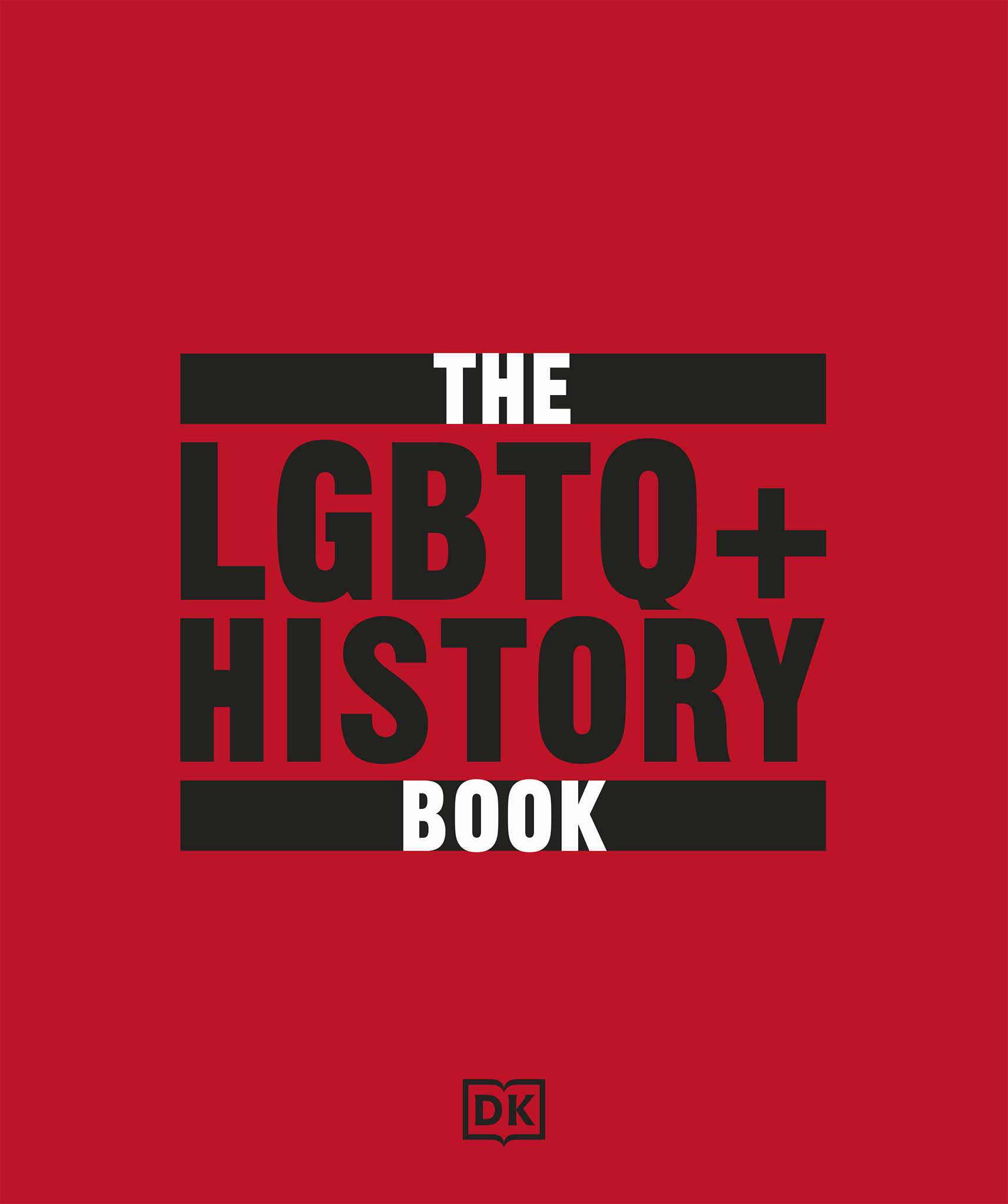DK - The LGBTQ+ History Book: Big Ideas Simply Explained
Here you can read online DK - The LGBTQ+ History Book: Big Ideas Simply Explained full text of the book (entire story) in english for free. Download pdf and epub, get meaning, cover and reviews about this ebook. year: 2023, publisher: DK, genre: History. Description of the work, (preface) as well as reviews are available. Best literature library LitArk.com created for fans of good reading and offers a wide selection of genres:
Romance novel
Science fiction
Adventure
Detective
Science
History
Home and family
Prose
Art
Politics
Computer
Non-fiction
Religion
Business
Children
Humor
Choose a favorite category and find really read worthwhile books. Enjoy immersion in the world of imagination, feel the emotions of the characters or learn something new for yourself, make an fascinating discovery.
The LGBTQ+ History Book: Big Ideas Simply Explained: summary, description and annotation
We offer to read an annotation, description, summary or preface (depends on what the author of the book "The LGBTQ+ History Book: Big Ideas Simply Explained" wrote himself). If you haven't found the necessary information about the book — write in the comments, we will try to find it.
Discover the rich and complex history of LGBTQ+ people around the world - their struggles, triumphs, and cultural contributions.
Exploring and explaining the most important ideas and events in LGBTQ+ history and culture, this book showcases the breadth of the LGBTQ+ experience. This diverse, global account explores the most important moments, movements, and phenomena, from the first known lesbian love poetry of Sappho to Kinseys modern sexuality studies, and features biographies of key figures from Anne Lister to Audre Lorde.
Dive deep into the pages of The LGBTQ + History book to discover:
- Thought-provoking graphics and flow-charts demystify the central concepts behind key moments in LGBTQ+ history, from eromenos and erastes in the Ancient World to political lesbianism.
- Features insightful quotes from leading historians, philosophers, cultural commentators, economists, anthropologists, sociologists, activists, and politicians.
- Includes biography boxes and directory entries on the lives of important but lesser-known individuals, alongside well-known names including Sappho, Oscar Wilde, Anne Lister, Harvey Milk, and Marsha P. Johnson.
- Global in scope with a localizable directory.
The LGBTQ+ History Book celebrates the victories and untold triumphs of LGBTQ+ people throughout history, such as the Stonewall Riots and first gender affirmation surgeries, as well as commemorating moments of tragedy and persecution, from the Renaissance Italian Night Police to the 20th century Dont Ask Dont Tell policy. The book also includes major cultural cornerstones - the secret language of polari, Black and Latine ballroom culture, and the many flags of the community - and the history of LGBTQ+ spaces, from 18th-century molly houses to modern gaybourhoods.
The LGBTQ+ History Book celebrates the long, proud - and often hidden - history of LGBTQ+ people, cultures, and places from around the world.
DK: author's other books
Who wrote The LGBTQ+ History Book: Big Ideas Simply Explained? Find out the surname, the name of the author of the book and a list of all author's works by series.

